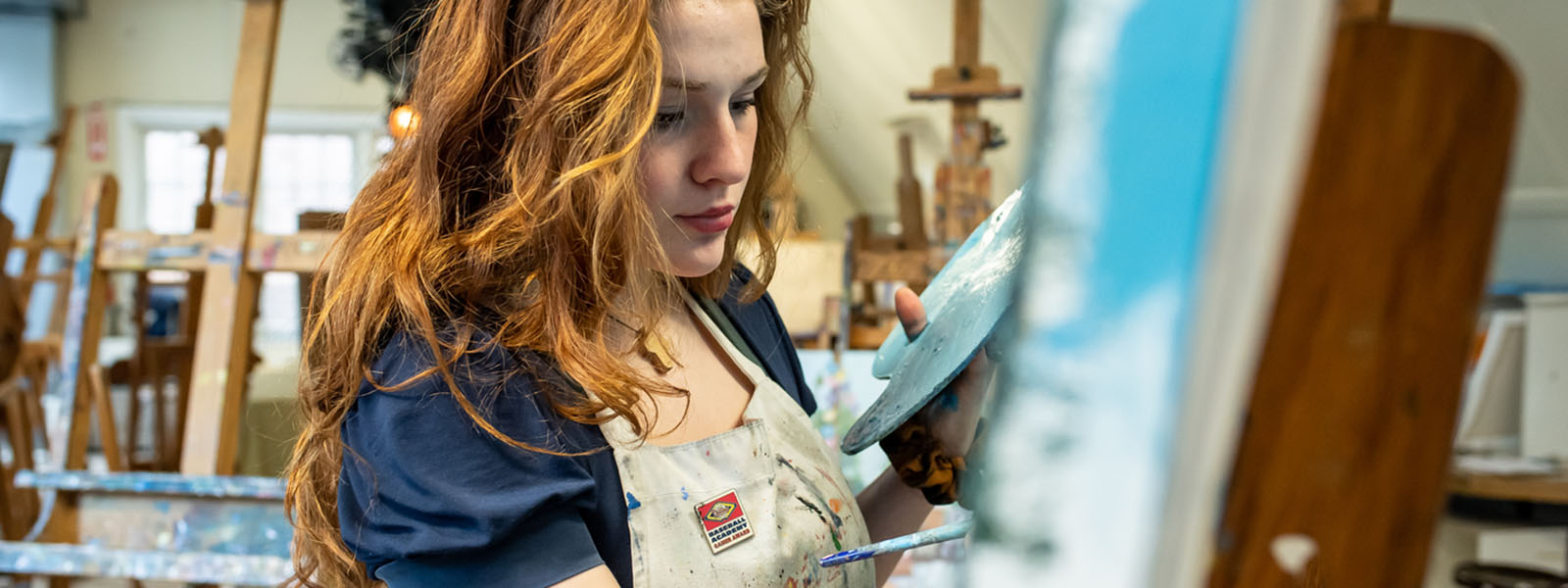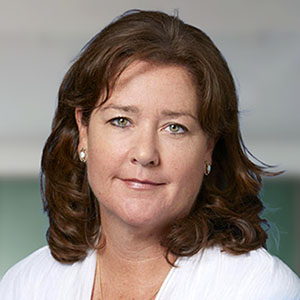
Introduction
For Christine Flanagan, MFA, Saint Joseph’s professor of English, creativity is the key to success in all disciplines — not just the arts.
That’s why she created a course that exposes students to individuals who are famous for their original ideas and innovative problem solving, and to situations that force them to channel their inner creativity. Though this is an English course, Flanagan encourages students in all majors to cultivate this skill in her class.
“Trying to communicate that creativity isn't something just for artists or people in the world of fine arts was a goal I had,” she says. “In the class, we start with questions like, ‘Is creativity inborn or innate? Can it be learned? And if it can be learned, how can you teach it? And can you train a creative mind in the way an athlete prepares for competition?’”
Flanagan believes that the answer to all of these questions is "Yes."
Read on to learn how you, too, can flex your creative muscle.
Syllabus
Creativity can be broken down into "Big C" and "Small c" creativity, Flanagan says.
"Big C" creativity transforms a domain of culture. Think of Steve Jobs and his impact on technology, Albert Einstein and physics, Pablo Picasso and art. From the "Big C” creatives, we can understand that they all were once “Small c” people. We learn that they all experienced failure, and they all moved past failure and focused on their goals.
While “Big C” creativity is rare, everyone can work to cultivate “Small c” creativity through study of these people and related texts, as well as through games, exercises and challenges. The term, created by psychologist Mihaly Csikszentmihalyi, refers to personal, small acts of creativity that bring joy and satisfaction to everyday life — coming up with a new recipe, solving a problem at work in a unique way or finding a new way to take a picture. These are most often cultivated through conversations with coworkers or friends that spark ideas, as well as trial and error.
More than anything else, Flanagan says, failure breeds creativity.
“I tell my students from the beginning of the semester, you will learn to love failure. I make a pact with the students where I say 20% of your grade in this class is to play games,” she says. “You will fail. And just because you did it and you reflect on it, you will get an ‘A’ every single time. Through these tasks, students see how they can learn from failure and not fear it.”
Build Creativity
Here's your homework assignment, but it'll be fun — promise! Try out these practices to expand your creativity. These exercises are made for individuals of all disciplines trying to enhance their creativity in any part of their life, Flanagan says.
First, try an exercise from Cameron, author of “The Artist’s Way,” that encourages participants to write three longhand pages in a journal every morning when they wake up. Morning pages are stream-of-consciousness writings that encourage writers to empty their minds of anything and everything.
Next is the seemingly simple practice of embracing failure through playing games, such as Sudoku or brain teasers, finger painting, joining a pickup basketball game, or any other activity at which you’re likely to fail. “Fail and laugh,” Flanagan says. “Fear of failure might be the biggest obstacle to a creative life.”
Finally, to be more creative, it’s important to fill your days with new things. Flanagan gives two examples.
Author of “Creative Quest” Amir Khalib Thompson, known professionally as Questlove, listens to 100 new songs every day, which allows him to listen to music he might not have. Gretchen Rubin, podcaster and author of “The Happiness Project,” visits the Metropolitan Museum of Art every day with the goal of experiencing something new. Find your passion and explore it.

